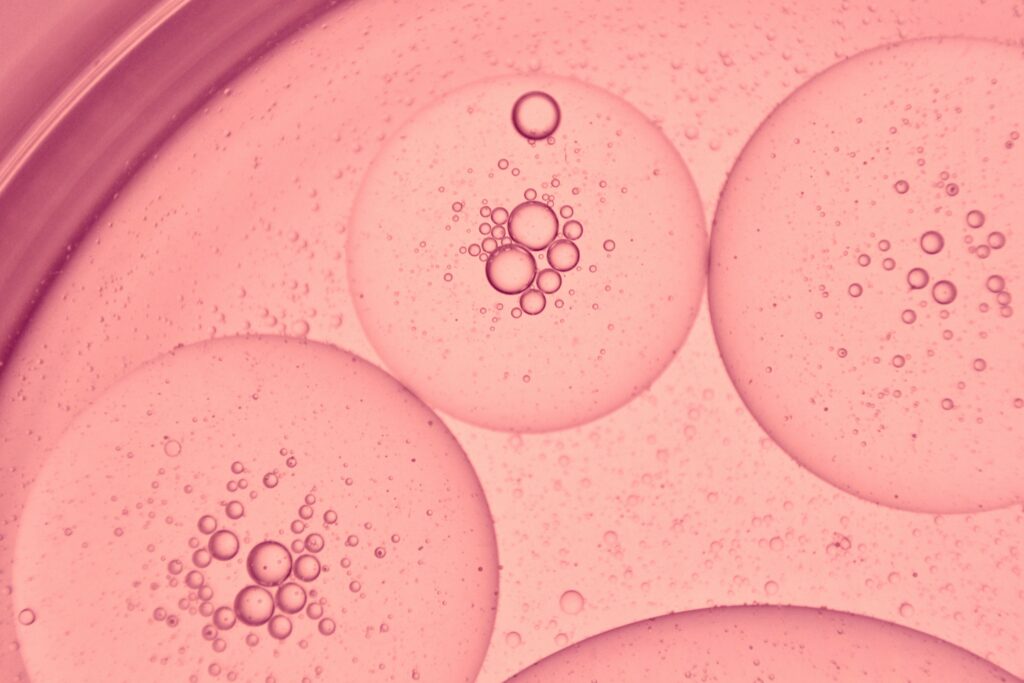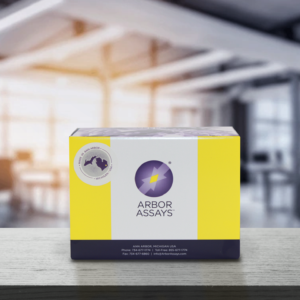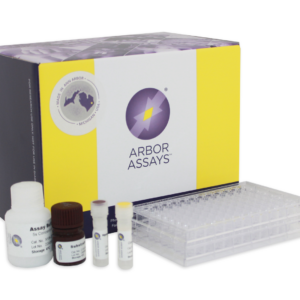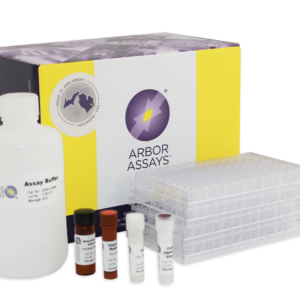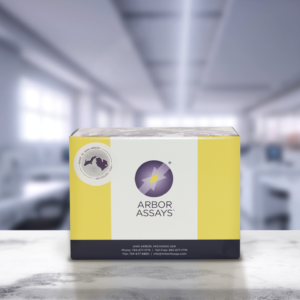Breast Cancer Breakthroughs: Urinary H2O2 Levels Help Scientists Understand Neutrophils’ Role in Predicting Cancer Severity
Early diagnosis is key to saving lives when it comes to cancer. Nearly 300,000 women and 2,800 men are predicted to be diagnosed with breast cancer annually in the United States, resulting in over 43,000 deaths. Since detecting breast cancer before metastasis dramatically improves survival rates, identifying new screening tools and clinical indicators is vital. Fortunately, exciting research published in Scientific Reports suggests that we may be getting closer to understanding the role of white blood cell (WBC) ratios and related biomarkers, such as urinary hydrogen peroxide (H2O2), in determining breast cancer risk and severity.
Blood-based indicators, such as the patient’s neutrophil to lymphocyte ratio (NLR), have long been correlated with survival outcomes in many cancers. They are relatively easy and cheap to measure, requiring just a small volume of blood from the patient. However, several disparate diseases cause drastic variations in WBC counts, and therefore, NLR alone has not been used clinically as a reliable prognosis factor. However, the relationship between NLR and breast cancer severity and survival may become clear when measured in context with modulating biomarkers, like urinary H2O2 and blood cholesterol levels.
An international consortium of researchers in Spain and the United States analyzed data from the Breast Oncology Galician Network (BREOGAN) to understand this relationship better. The BREOGAN dataset included clinic-pathological measurements from over 1,700 breast cancer patients and 1,200 healthy women from the Spanish cities of Santiago de Compostela and Vigo. Scientists creating the databank used standard clinical blood work procedures to determine WBC and cholesterol levels and Arbor Assays’ K034-F Hydrogen Peroxide Fluorescent Detection Kit to measure urinary H2O2.
Neutrophils fight cancer by migrating from blood circulation into tissue and producing reactive oxygen species (ROS), like H2O2, that induce tumor cell death. When neutrophil levels are high in the blood but H2O2 production is low, it likely indicates insufficient neutrophil activation and migration. This results in lower ROS production in tissues and allows cancers to grow unchecked.
The analysis from the BREOGAN dataset showed that higher ratios of neutrophils to lymphocytes in the blood were associated with increased breast cancer risk (P-trend < 0.001). The relationship of NLR to cancer severity was even stronger in women with low urinary H2O2. It increased total cholesterol levels and was strongest for women with Luminal A breast cancers and HER2-negative tumors (P-trend < 0.001).
This discovery could potentially provide a simple, inexpensive way to improve breast cancer screening and prevention. Early detection saves lives. As we recognize Breast Cancer Awareness Month this October, breakthroughs like this serve as a hopeful reminder that progress continues to be made in the fight against cancer.
Featured Products
-
In Stock
Hydrogen Peroxide (H2O2) Fluorescent Detection Kit
$433.00The DetectX® Hydrogen Peroxide (H2O2) Colorimetric Detection Kit is designed to quantitatively measure H2O2 in a variety of samples.
